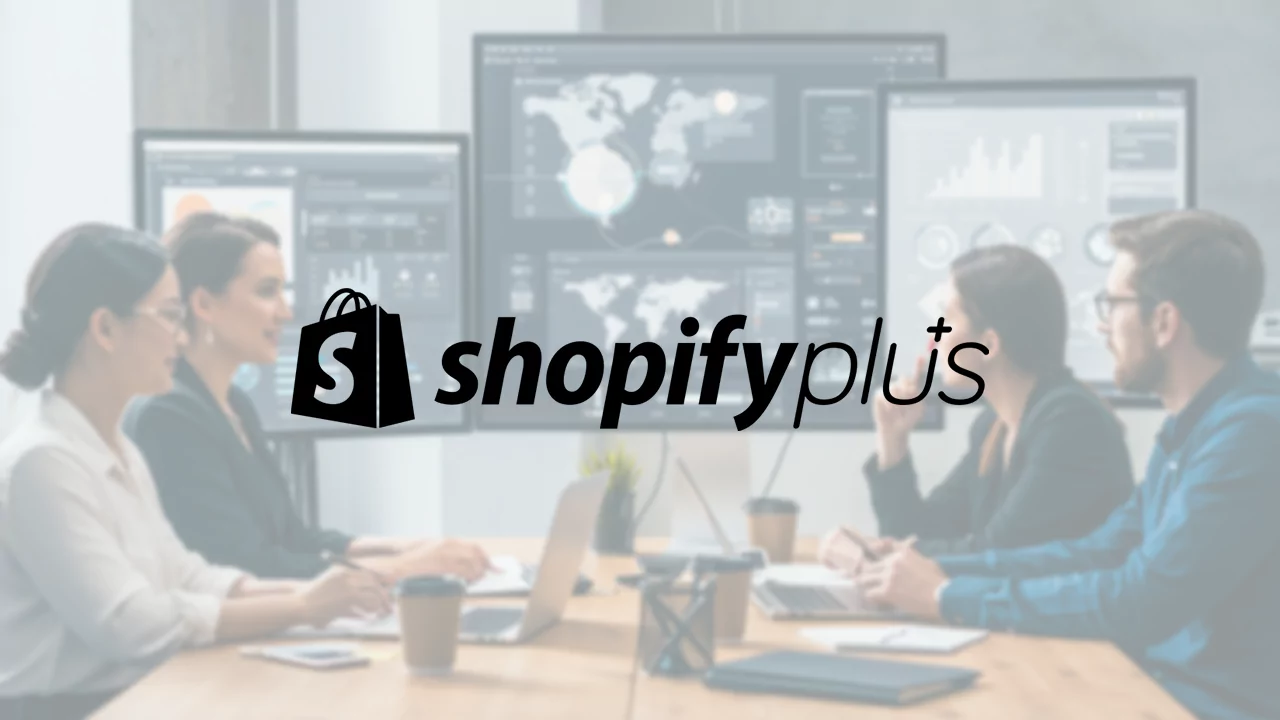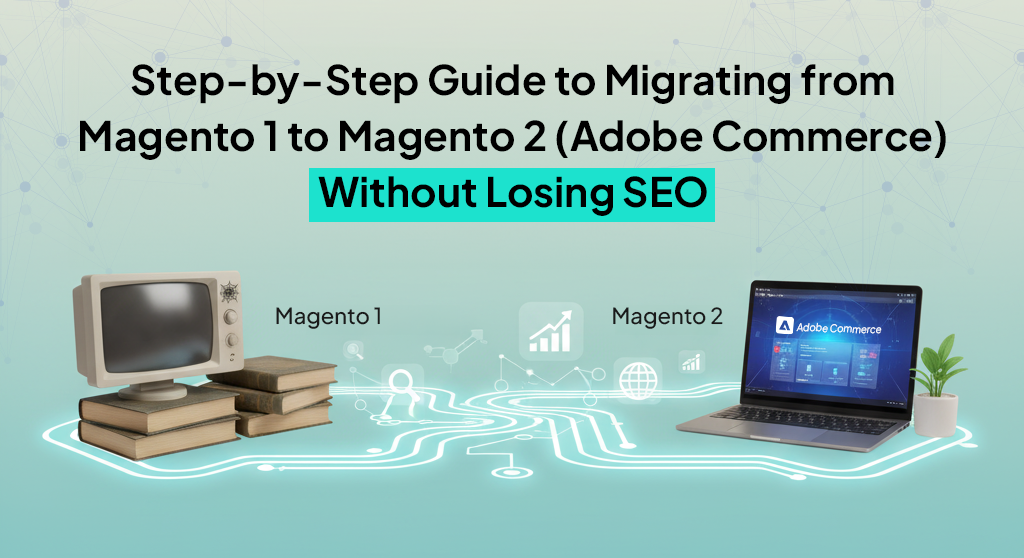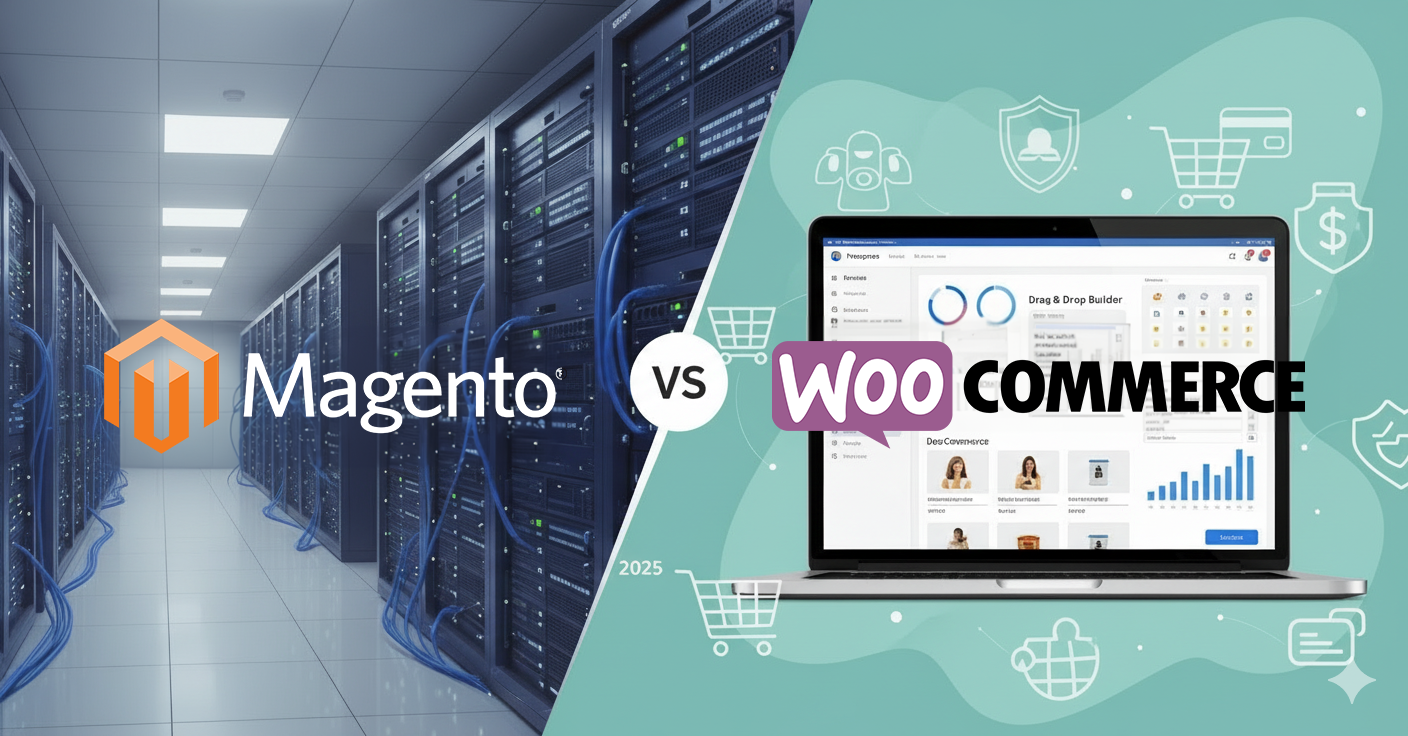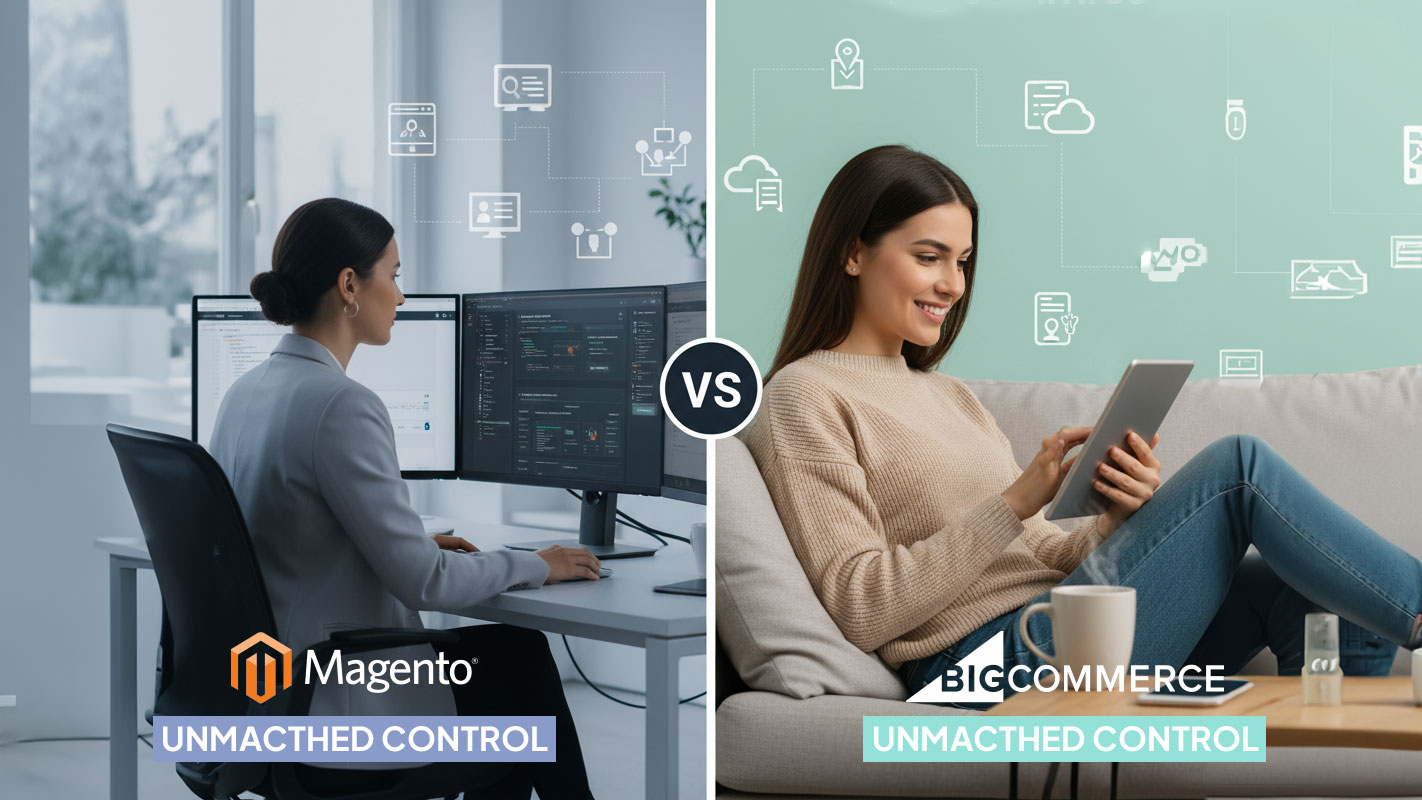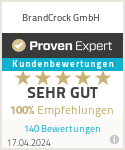Every year, Shopify pushes boundaries. But in 2025, it’s shaping up to be a big one, especially for brands using Shopify Plus. We’re not only talking about surface-level tweaks. Shopify is rolling out real improvements that affect how brands sell, scale, and manage operations across B2B and D2C, locally and globally. If you’re running on Shopify Plus (or thinking about it), these updates are going to matter.
We’ve been testing, analyzing, and having conversations with our partners and clients about these changes. So, let’s get into what’s changing, why it matters, and how your brand can benefit.
1. Shopify Launchpad Gets a Total Makeover
If you’ve used Launchpad before, you know it’s been a decent tool for planning product releases, flash sales, or drops. But let’s be real, it wasn’t the most intuitive or flexible.
What’s New
In 2025, Shopify has completely rebuilt Launchpad with a cleaner interface, better automation, and more control over campaigns. You can now:
- Schedule and preview entire site changes (banners, themes, prices, etc.) in real time
- Coordinate multi-channel events (email, SMS, site, and even POS) from one dashboard
- Set conditional logic (e.g., “If stock is below 30%, end promo early”)
- View predictive analytics before launching the campaign
What It Means for Brands
No more last-minute theme changes at midnight. No more toggling between platforms or testing five versions of the same sale. You can literally plan a Black Friday campaign in June, automate the rollout, and go into the weekend with confidence.
2. Custom Storefronts Just Got More Powerful
Shopify Plus users love headless commerce. The ability to build custom storefronts with Hydrogen (Shopify’s React-based framework) has been instrumental for brands that want speed and flexibility.
In 2025, Shopify takes this a step further.
What’s New
- Hydrogen 3.0: Now comes with built-in caching, new UI components, and better developer tools
- Direct integration with Meta and TikTok Shops: Push product data directly from your custom storefront
- Unified deployment with Oxygen: Run your Hydrogen-based store on Shopify’s own edge network for blazing-fast performance globally
What It Means for Brands
If your audience spans multiple markets or expects high-performance mobile experiences, these upgrades will keep your site lean, fast, and highly personalized. You can design without compromise and scale without stress.
And for agencies like us? We now have more tools to build, test, and deploy features in a fraction of the time.

3. B2B on Shopify Goes Full Throttle
Shopify’s been eyeing B2B for a while, but until recently, it felt more like an add-on than a full solution. That’s changing in 2025.
What’s New
- Company Profiles: Create dedicated profiles with unique price lists, payment terms, and tax rules
- Multi-location Ordering: Customers can ship to multiple locations from a single order
- Custom Catalogs and Net Terms: More control for you, less friction for your B2B buyers
- Quick Order and Reorder Features: A massive win for repeat business
What It Means for Brands
If you’ve been duct-taping together your B2B workflows with third-party apps or workarounds, this update is a sigh of relief. Finally, you can offer B2B customers a streamlined experience, without leaving the Shopify ecosystem.
You can expect less time spent on manual invoicing and pricing changes, and more time building relationships that scale.
4. Checkout Extensibility Is Now Default
One of the biggest gripes brands had with Shopify was the checkout page. You couldn’t do much with it. In 2024, Shopify introduced Checkout Extensibility, but in 2025, it becomes the standard for all Shopify Plus stores.
What’s New
- Full control over checkout design, layout, and logic (no more Liquid edits!)
- Support for custom fields, upsells, and payment options via Shopify Functions
- Shopify Scripts are being phased out and replaced with more scalable, app-friendly logic
What It Means for Brands
You can now personalize the checkout experience based on customer behavior, AOV, location, or even product type, without compromising security or performance.
So yes, those high-converting upsells, loyalty incentives, and payment options? You can finally bring them into the final step of your funnel without jumping through hoops.
5. AI Tools Are Getting Smarter (and More Practical)
We’ve all seen AI headlines, but Shopify is doing something smarter with it. Instead of just giving you a chatbot or a random image generator, they’re embedding AI into actual workflows.
What’s New
- AI Product Description Generator (now multilingual): Supports more than 15 languages
- AI-Powered Inventory Forecasting: Combines historical sales, campaign plans, and seasonal demand
- Smart Category Suggestions: Auto-tags and organizes large catalogs based on product behavior
What It Means for Brands
This isn’t gimmicky. If you’re managing 10,000+ SKUs or launching products weekly, this is the kind of stuff that saves hours per week. Plus, it minimizes human error and keeps your content more consistent.
For growing teams with tight deadlines, this is a silent productivity boost you’ll feel immediately.

6. Analytics Finally Gets the Attention It Deserves
If you’ve used Shopify Analytics in the past, you probably bounced to GA4 or some third-party tool. Why? Because it lacked depth. In 2025, Shopify is taking a big swing.
What’s New
- Custom Dashboards: Create tailored views for different team members (marketing, operations, C-suite)
- Real-Time Conversion Funnels: Track drop-offs and tweak live campaigns
- Cohort Analysis and Retention Insights: See exactly how customer behavior changes over time
- ShopifyQL Console: For advanced users, build SQL-style queries directly inside the platform
What It Means for Brands
Finally, your data tells a story. You no longer have to export CSVs and juggle Google Sheets just to see what’s working.
Marketers can iterate faster. Merchandisers can test more efficiently. Executives get actual business insights without waiting for a report.
7. Global Expansion Tools Are Ready for Prime Time
Cross-border selling is no longer a “maybe” for many brands—it’s a must. Shopify’s aware, and they’ve doubled down.
What’s New
- Localized Domains and Themes: Serve tailored experiences for each region
- Custom Duties and Tax Calculations: Powered by Shopify Markets Pro
- Integrated Translation API: No more clunky plugins for site localization
- Multi-Currency + Local Payment Methods Support (Expanded): Now includes 200+ global options
What It Means for Brands
Expanding to new markets used to be a tech headache. With these updates, it’s more of a content and operations play. That means less engineering, less app dependency, and a faster time-to-market.
If you’ve been holding off on launching in Europe, the Middle East, or Southeast Asia—this could be your year.
8. Shopify Plus Admin Dashboard Gets a UX Overhaul
You may not think of the admin as a feature drop, but if you’re in there every day, you know how much it matters.
What’s New
- Cleaner navigation and task-based workflows
- Better visibility into sales channels and campaign performance
- Centralized control for all apps and integrations
- Role-based permissions now more granular
What It Means for Brands
You move faster. Your team spends less time figuring things out. And with a better admin experience, onboarding new staff is easier too.
This one is not flashy, but it’s one of those “why didn’t they do this sooner?” updates that immediately pays off.
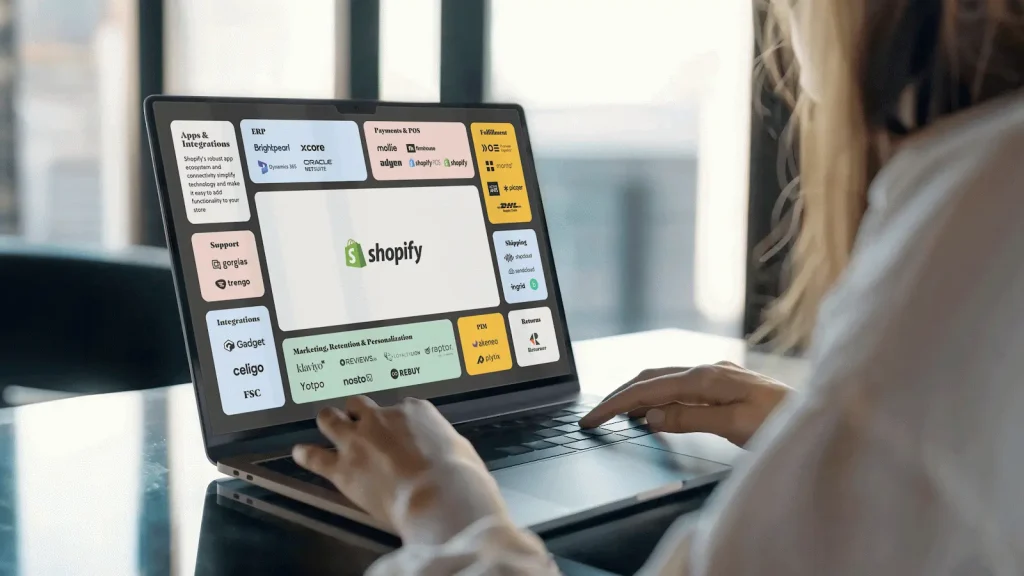
9. New Partner Ecosystem and App Improvements
Shopify’s app ecosystem has always been solid, but it’s becoming smarter and more integrated, especially for Plus users.
What’s New
- Curated App Collections for Plus: Tested for scalability, performance, and compatibility
- Partner API Enhancements: Makes it easier to connect with agencies, ERPs, and CRMs
- Direct Collaboration Tools: Shared dashboards between your team and your partners (like us at BrandCrock!)
What It Means for Brands
Fewer miscommunications, less tech friction, and a cleaner stack. You’ll spend less time debugging plugins and more time optimizing campaigns.
And if you’re working with an agency (or planning to), you now have tools to bring everyone into the same workflow, without any chaos.
Final Thoughts
Shopify is not tweaking things this year. They’re rebuilding core parts of the Plus experience: checkout, analytics, B2B, campaigns — all in a way that gives brands more control and more clarity.
For growing ecommerce companies, this is a chance to step up. Not just with nicer features, but with systems that scale smoothly, reduce friction, and make your team more efficient.
Want to see how your Shopify Plus store could evolve with these 2025 updates? Let’s chat, contact us today and let’s start building smarter.


